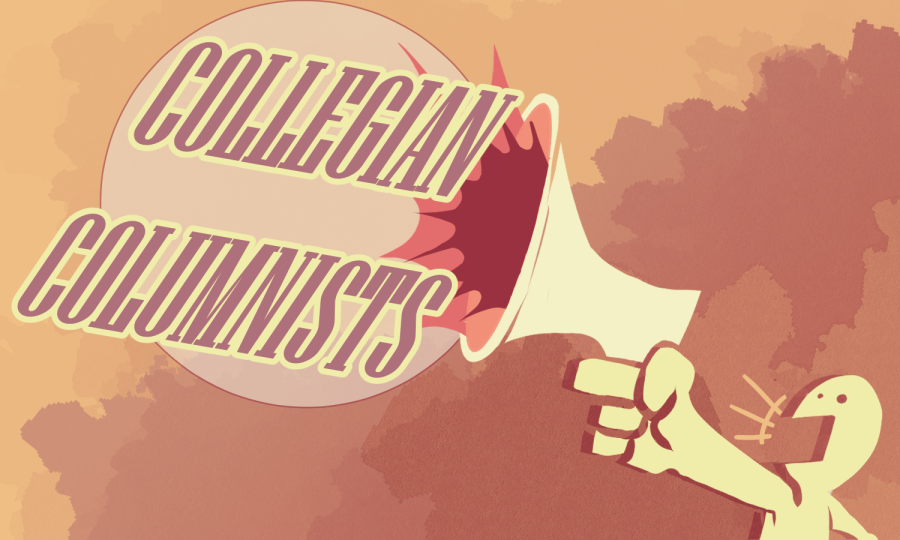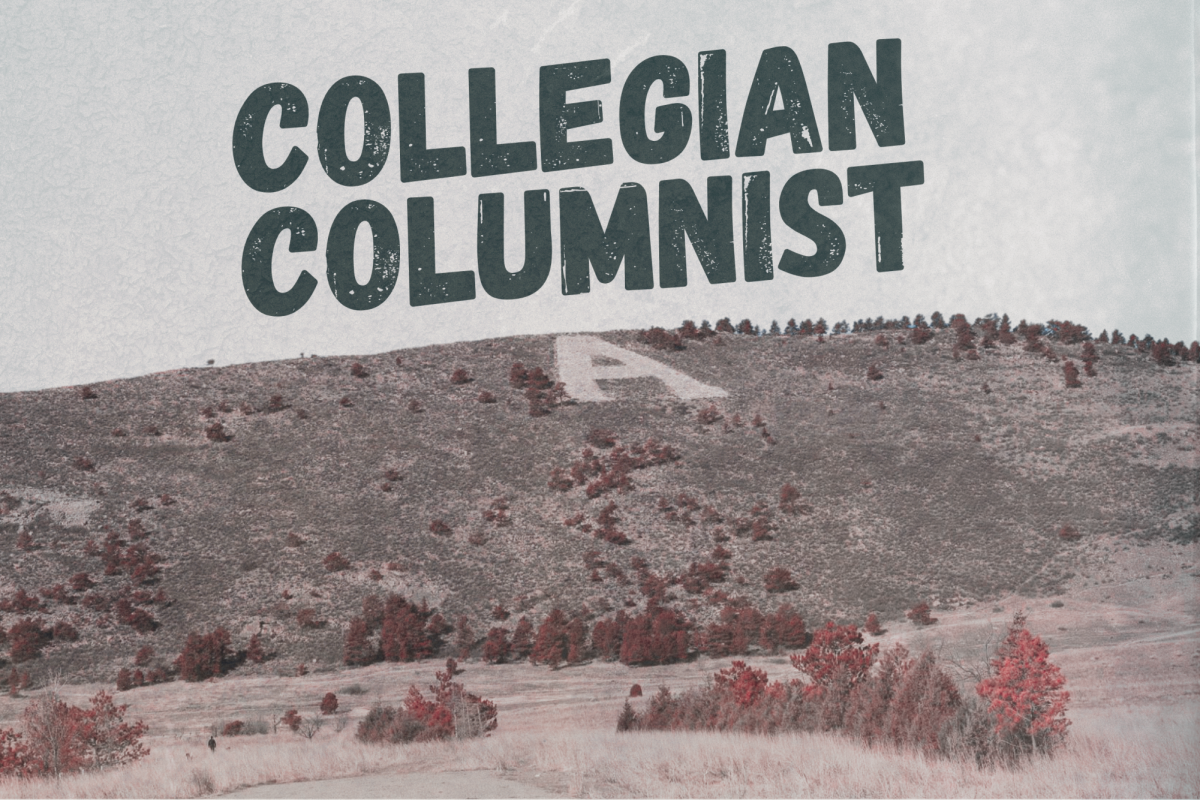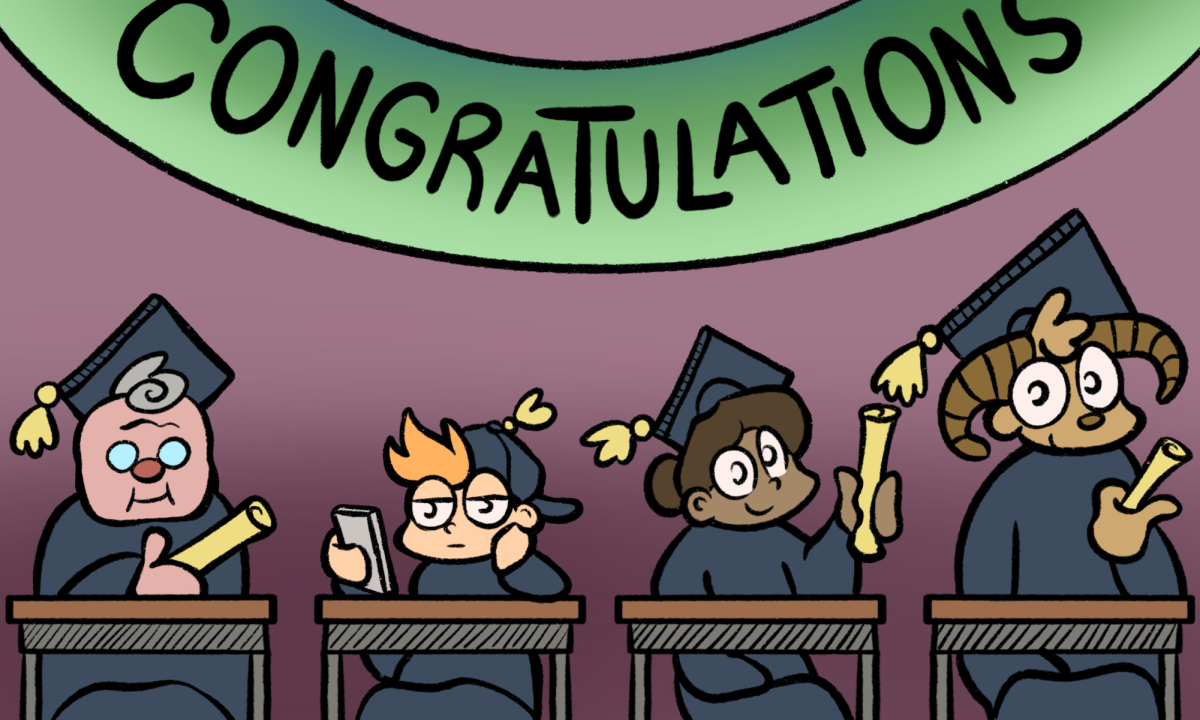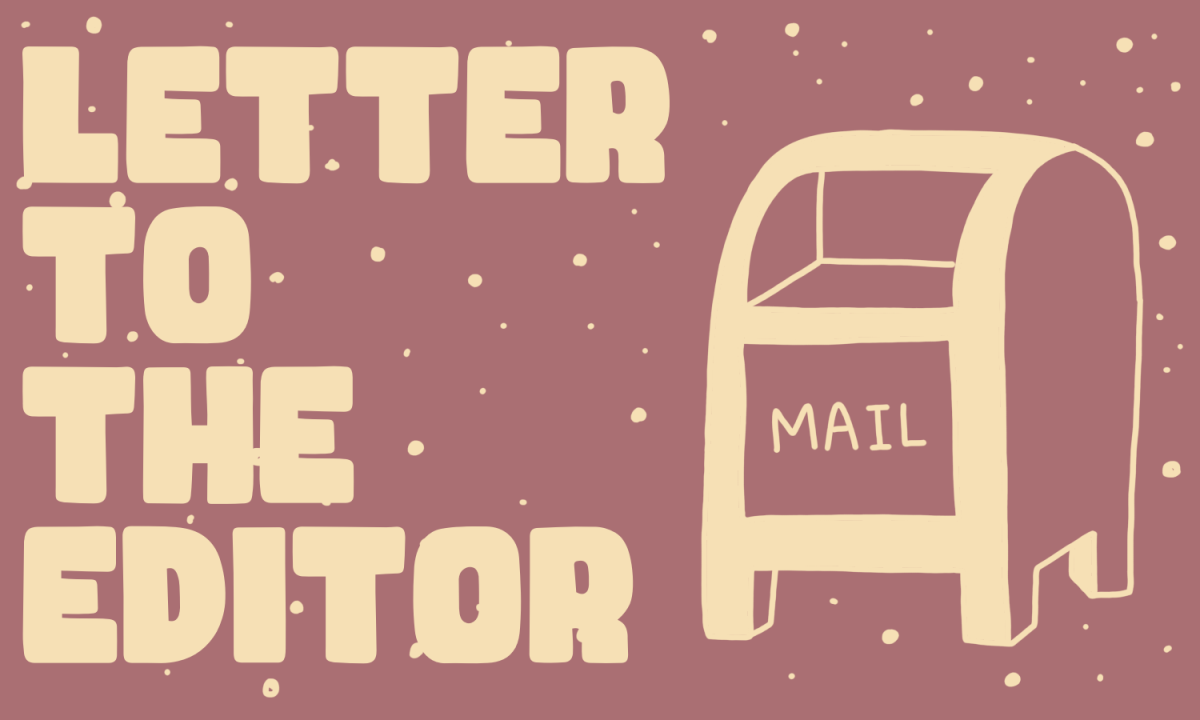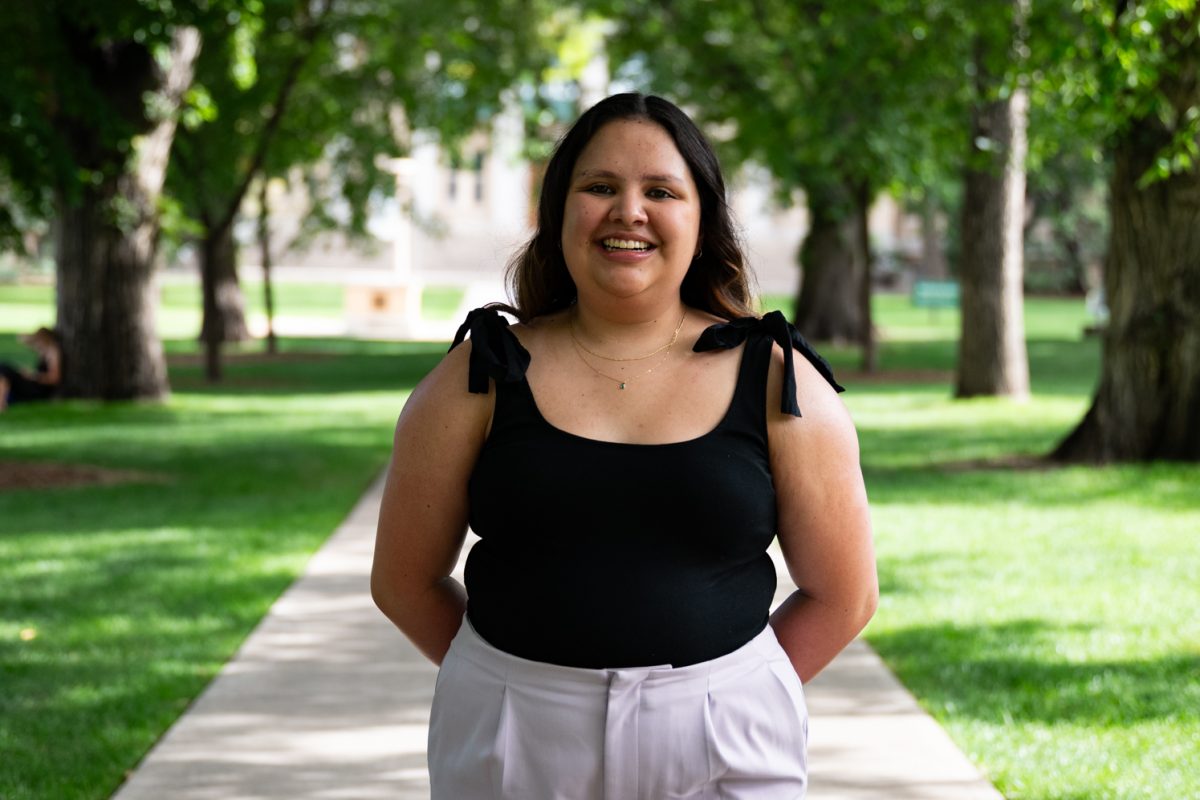Editor’s Note: All opinion section content reflects the views of the individual author only and does not represent a stance taken by The Collegian or its editorial board.
Over the past few decades, the dialogue around sexuality and gender has vastly expanded in the United States. There is still a lot of progress to be made toward dismantling stigmas, implementing inclusive legislation and increasing representation of LGBTQIA+ people in media, but society as a whole broadly discusses such topics now more than they did in the past.
Heightened social awareness of labels describing sexual attraction, behavior, orientation and identification is proof of this. Although the definitions of many terms have existed long before the names were identified, decades ago, America did not have the same degree of knowledge about certain labels as we do now. For example, people identifying as asexual certainly existed in the ’80s; however, because sexuality was not seen in as broad of a spectrum as it is now, open discussions about asexuality likely did not happen at the same frequency as today.
“Although we have been made to think there is some expiration of figuring ourselves out, there is always enough time. Both sexual orientation and gender identification are extremely complex and nuanced parts of ourselves. They should never be rushed into labels that don’t completely fit, despite what we have been taught.”
With this being said, people in contemporary America frequently use labels for personal comfort, a sense of belonging and community. Picking the correct one for yourself, however, it is a stressful process. And sometimes, that choice is motivated more by social pressure than by personal desire. Other times, there may not be a right label at all.
Part of the pressure to put a label on sexuality comes from queer imposter syndrome, or the feeling that you don’t belong in the LGBTQIA+ community for one reason or another. These reasons range from a fear of how family and friends will perceive you to an anxiety about dating within the community. In this case, the most prominent reason is the worry that your label won’t or doesn’t fit — that is, if you are enough of whatever label you use or if you fit the image of how that label is perceived.
The pressure to label yourself might feel especially important given your age. It’s almost like there’s this social time bomb that goes off once we hit graduation. By the time it explodes, we are supposed to know who we are, what we want to do and where our place is in the world. In the rush to gather ourselves together before we finish college, we assume that part of knowing who we are is knowing how we identify. Maybe a label is right for you and fits — but maybe it doesn’t.
Although we have been made to think there is some expiration to figuring ourselves out, there is always enough time. Both sexual orientation and gender identification are extremely complex and nuanced parts of our lives. They should never be rushed into labels that don’t completely fit, despite what we have been taught.
Similarly, if labels are something you want to try, it’s always OK to change them. They don’t have to be permanent — identification can be fluid, and it can evolve. If you find something that fits you better, that’s great.
At the end of the day, labels are for nobody but yourself. Pick what fits, what makes you comfortable and what empowers you. That being said, if nothing feels right, don’t feel pressured into picking something because it’s easier to say or because you feel obligated. There is absolutely nothing wrong with remaining unlabeled.
Reach Emma Souza at letters@collegian.com or on Twitter @_emmasouza.



